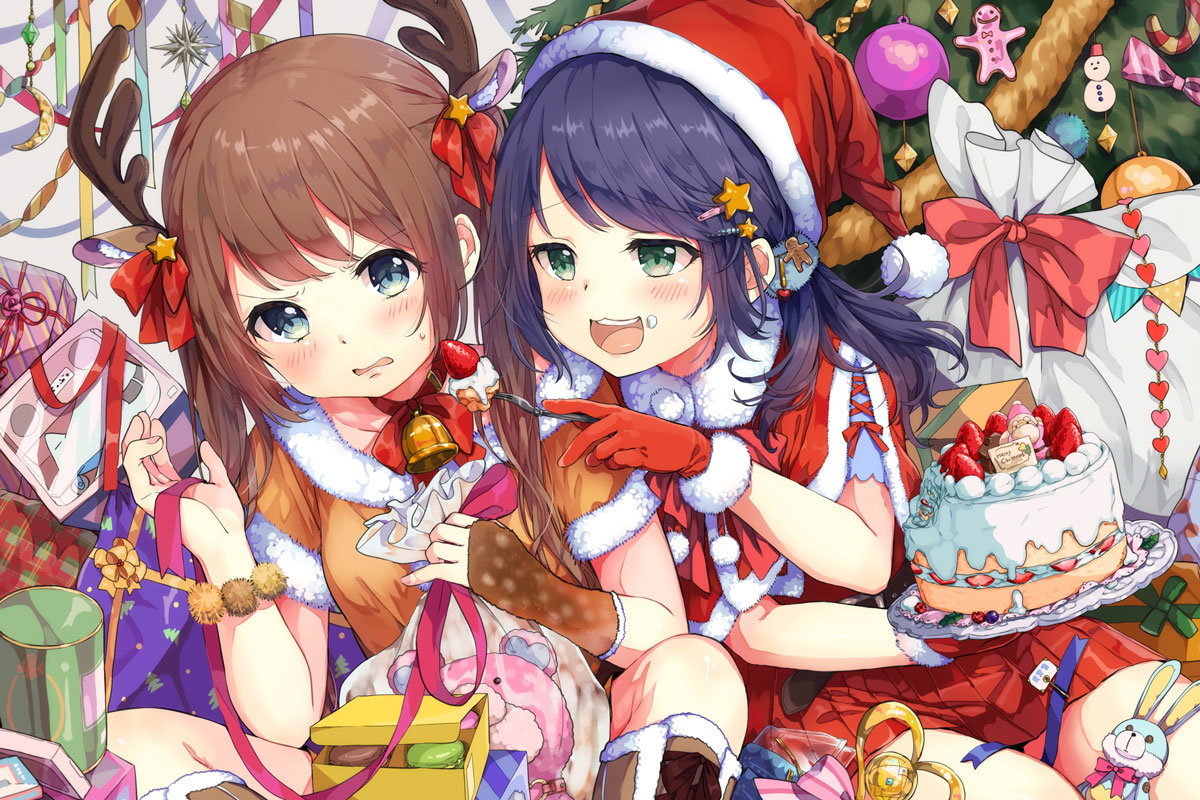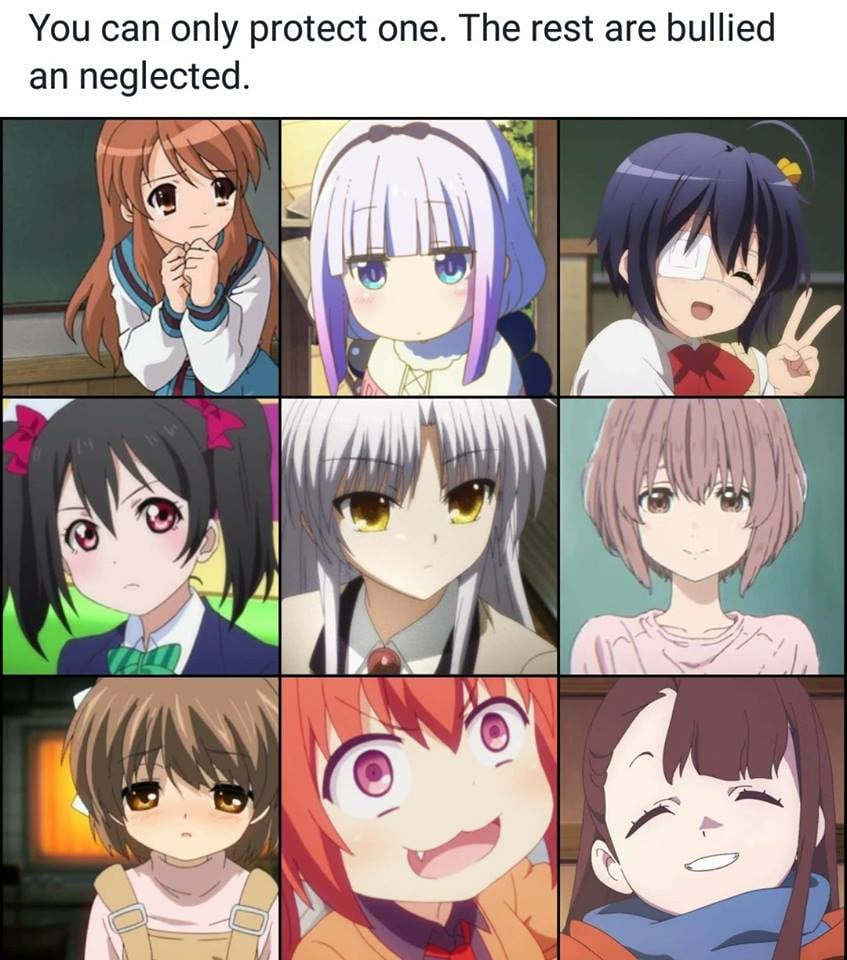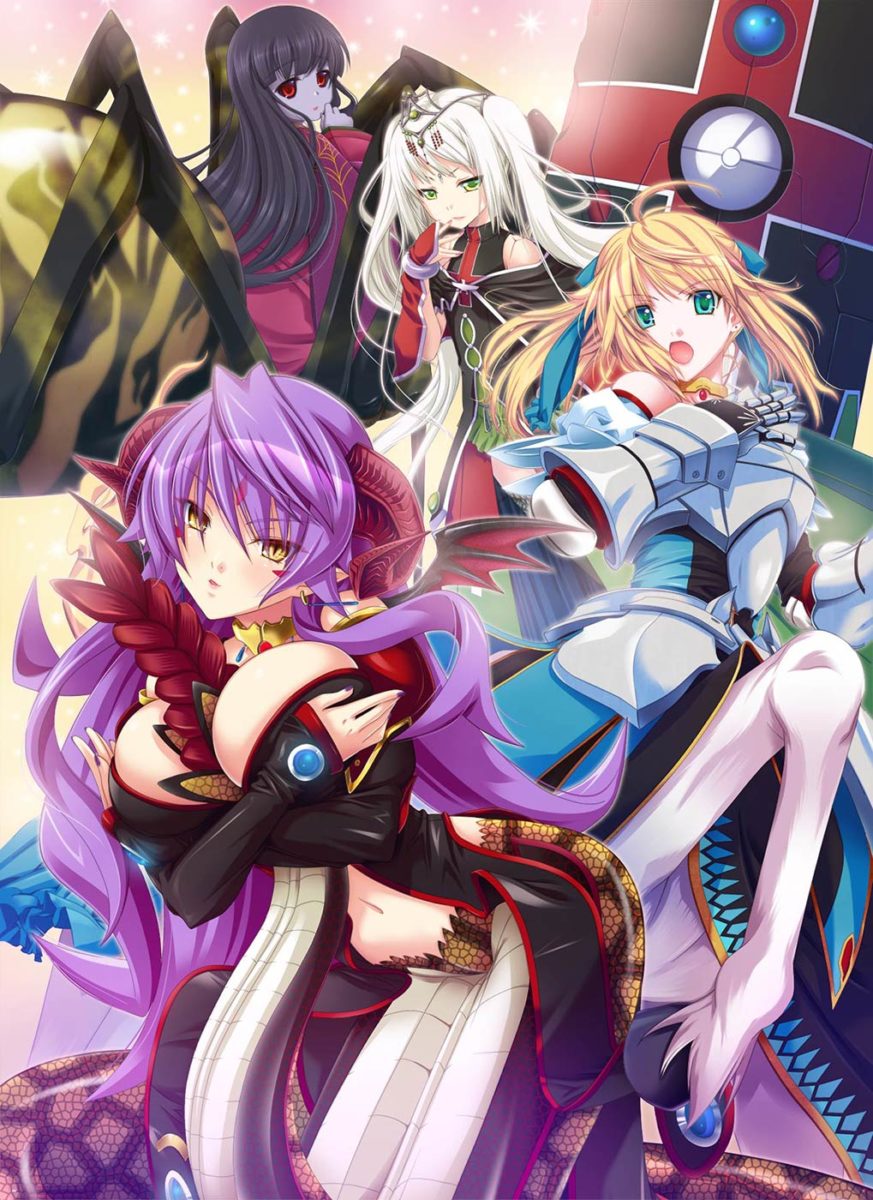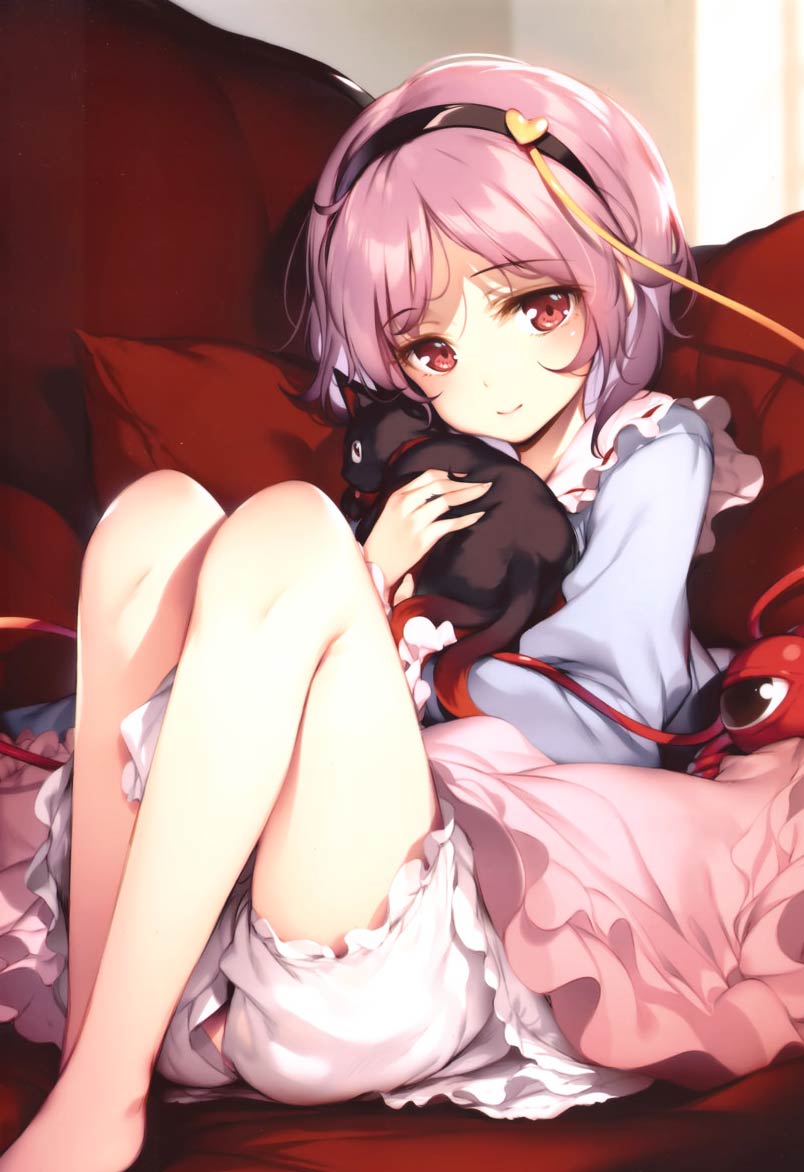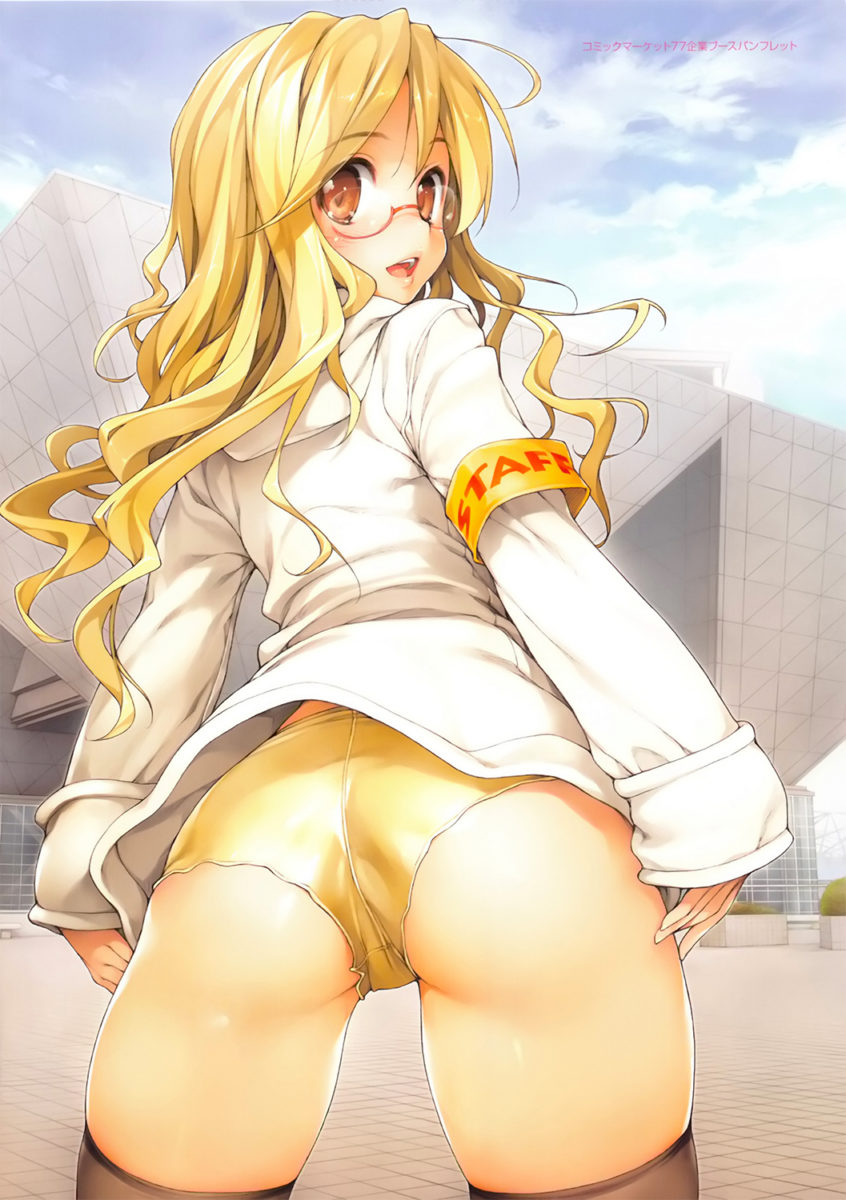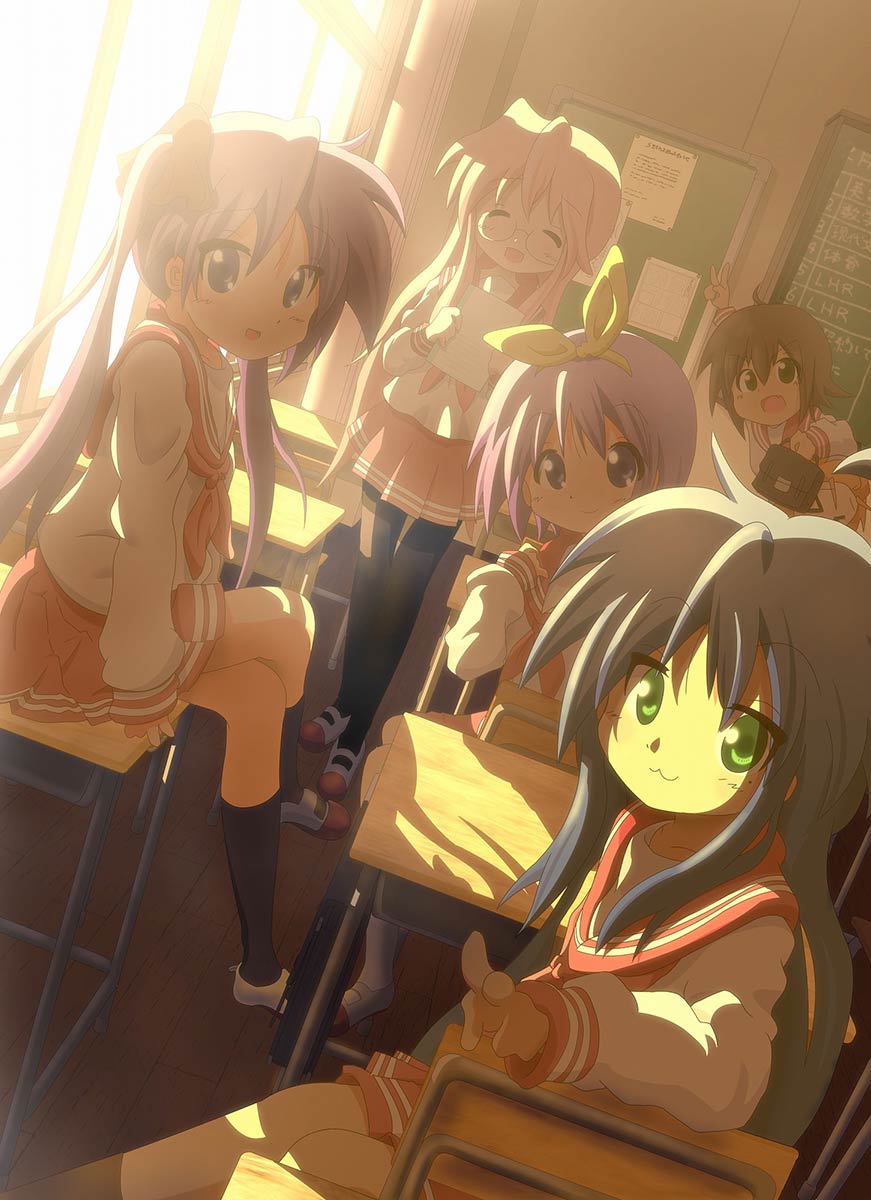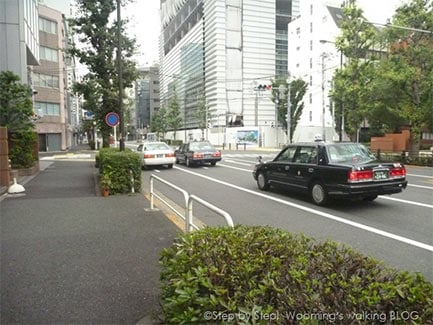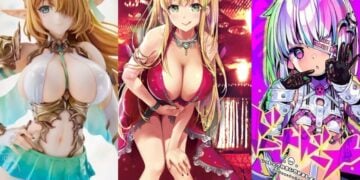Last time I talked about Obon, the Japanese Buddhist holiday in which families welcome the souls of departed family members home for a visit. Buddhism in Japan can be quite a perplexing subject, especially if you’re unfamiliar with the religion. Officially a branch of the Mahayana School of Buddhism, imported into Japan through the Korean Peninsula in 552 A.D., Japanese Buddhism developed many unique features, stressing the importance of one’s ancestors while paying less attention to ideas about karma or reincarnation found in some other Buddhist traditions. While many may have the image of Buddhist priests leading ascetic lives, fasting as they seek satori (enlightenment), Japanese Buddhism is more about providing a calming social framework for people, especially when family members pass away…and driving really bodacious Mercedes-Benz cars. Yes, for some reason Buddhist monks are ridiculously wealthy, receiving a huge amount of money for their services yet paying no taxes. They get to drink, too: there’s a custom at Japanese funerals called bozu-okuri, meaning “driving the priest home after the wake because he’s too drunk to drive.” Whenever Japan goes into a recession, Buddhist priests get embarrassed about their wealth and hide their luxury cars, driving more modest economy cars in public. There’s a fun scene in episode 2 of Tari Tari when the father of one of the characters, a Buddhist priest, is seen rapidly counting his money in front of a computer spreadsheet.
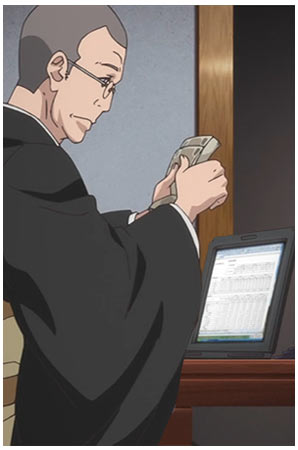
Japanese Buddhism can be a confusing thing.


